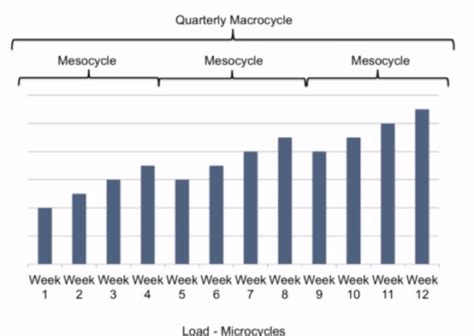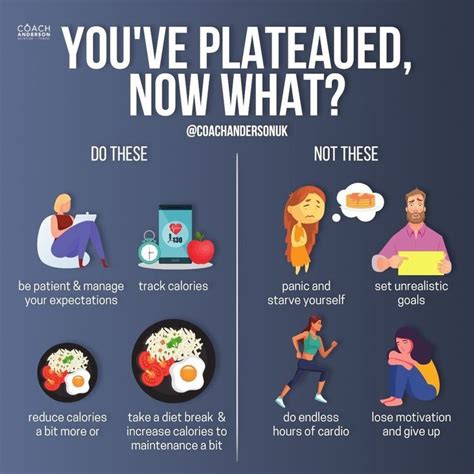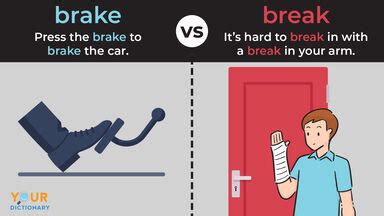What’s the most effective micro-cycle strategy for consistent strength gains & recovery?

In the pursuit of consistent strength gains and optimal recovery, the strategic planning of your training becomes paramount. While macro-cycles define your long-term goals and meso-cycles break down phases over months, it’s the micro-cycle – typically a week or two of training – where the rubber meets the road. An intelligently designed micro-cycle allows you to manipulate variables like volume, intensity, and frequency to elicit adaptation without pushing your body into overtraining.
Understanding Micro-Cycles and Their Purpose
A micro-cycle is the shortest planned training cycle, usually lasting between one to four weeks, with one week being the most common. Its primary purpose is to organize daily training sessions into a cohesive unit that contributes to the goals of the larger meso-cycle and macro-cycle. Within a micro-cycle, you’ll manage your workouts, rest days, and recovery protocols. The effectiveness of your micro-cycle directly impacts your ability to accumulate training stress, adapt, and recover, thereby driving consistent strength improvements.

Key Micro-Cycle Strategies for Strength and Recovery
Linear Periodization
Traditionally, linear periodization involves a gradual increase in intensity coupled with a decrease in volume over successive micro-cycles. For instance, you might start with higher reps and moderate weight (hypertrophy focus) in early micro-cycles, then transition to lower reps and heavier weights (strength focus) in later ones. While effective for beginners and intermediate lifters, its predictability can sometimes lead to plateaus for more advanced individuals.
Undulating Periodization (DUP/WUP)
Undulating periodization, in contrast, varies training variables more frequently, often daily (Daily Undulating Periodization – DUP) or weekly (Weekly Undulating Periodization – WUP). A DUP micro-cycle might see you training for strength on Monday, hypertrophy on Wednesday, and power on Friday within the same week. This approach keeps the body guessing, allows for simultaneous development of multiple qualities, and can be highly effective for advanced lifters seeking consistent gains without extended plateaus.

Block Periodization
More common in elite athletes, block periodization involves concentrating specific training goals into distinct blocks or micro-cycles. For example, an “accumulation” block might focus on high volume, followed by a “transmutation” block emphasizing intensity, and finally a “realization” block for peaking performance. While powerful, it requires careful planning and a high level of training tolerance.
Prioritizing Recovery within the Micro-Cycle
No matter the strategy, recovery is not just a secondary thought; it’s an integral component of any effective micro-cycle. Neglecting recovery negates the benefits of even the most perfectly programmed training. This includes incorporating active recovery days, adequate sleep (7-9 hours), nutrient-dense whole foods, sufficient hydration, and stress management techniques. A strategically placed “deload” micro-cycle, typically every 4-8 weeks, significantly aids in supercompensation and prevents overtraining, allowing your body to fully adapt and come back stronger.

Tailoring Your Micro-Cycle Strategy
The “most effective” strategy isn’t one-size-fits-all. It depends heavily on your training experience, current goals, lifestyle, and individual response to training. Beginners often thrive on simpler linear models, while advanced lifters may benefit more from undulating or block approaches due to their higher training capacity and need for varied stimuli. Regularly monitoring your performance, perceived exertion (RPE), and general well-being (e.g., sleep quality, mood) will provide valuable feedback for adapting your micro-cycles.

Practical Implementation Tips
- Start Simple: Don’t overcomplicate your first micro-cycle. A basic linear progression or simple DUP can be highly effective.
- Listen to Your Body: If you’re consistently feeling rundown, fatigued, or performance is dropping, it’s a clear sign your current micro-cycle might be too demanding or lacking in recovery.
- Track Everything: Log your lifts, sets, reps, and RPE. This data is invaluable for assessing what works and what doesn’t.
- Don’t Fear Deloads: View deload micro-cycles not as a step back, but as a crucial step forward for long-term progress.
- Seek Expert Guidance: If unsure, consider consulting a certified strength coach to help design a personalized micro-cycle strategy.

Ultimately, the most effective micro-cycle strategy is one that is adaptable, responsive to your body’s signals, and consistently balances progressive overload with sufficient recovery. By understanding the principles behind different periodization models and prioritizing recovery, you can build a sustainable training plan that ensures continuous strength gains and optimal physical well-being.









